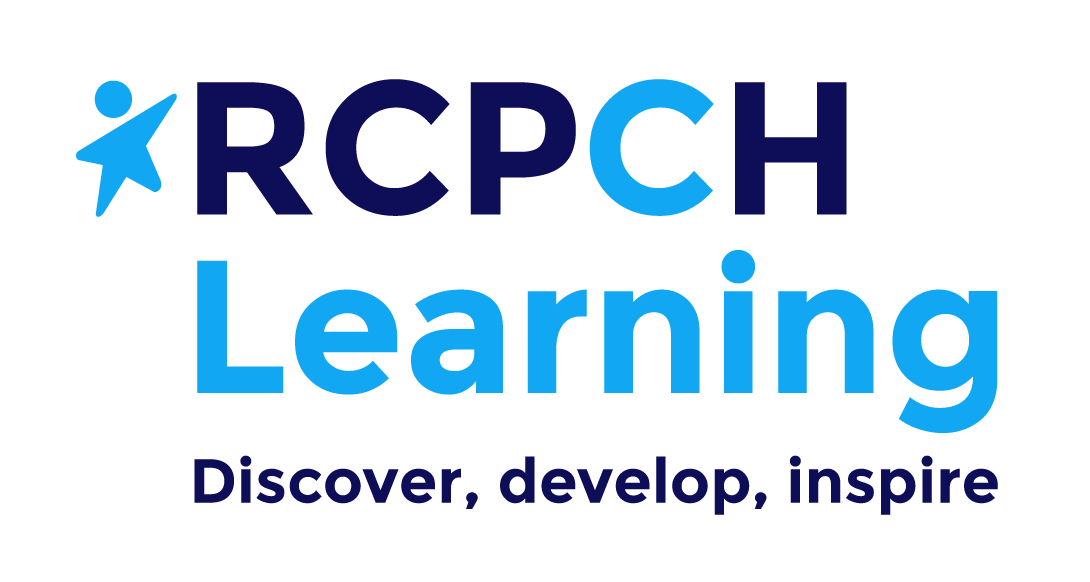How to Manage: Paediatric Allergy Training 2 (PAT2)
This online course will focus on the practical clinical management of allergy in children and young people. It is the second in a series of three Paediatric Allergy Training (PAT) courses provided by RCPCH.
What is the course about?
This online course will focus on the practical clinical management of allergy in children and young people. It is the second in a series of three Paediatric Allergy Training (PAT) courses provided by RCPCH.
This course will take you through the practical aspects of recognising and managing paediatric allergy, including the history of food allergy, hot topics in the management of nut allergy, common allergy problems and underlying disease mechanisms.
The faculty for the PAT series consists of a multi-disciplinary team of expert consultants, senior nursing staff, dietitians and GPs working in allergy care across the UK, who will share real life examples and cases throughout the course to support your learning.
Target Audience
- PAT 2 is suitable for all professionals seeing children with allergic disease, and particularly paediatricians in general paediatric practice. Please note the course is designed for delegates who have already attend PAT 1. You need to attend PAT 1 prior to attending PAT 2.If you have not completed PAT 1 but would still like to register for this course please contact the RCPCH (clinical.courses@rcpch.ac.uk) to discuss prior to booking.
Learning Aims, Objectives and Outcomes:
Aim:
The PAT courses provide healthcare professionals with the knowledge and skills required to effectively manage children with complex food allergies and their comorbid allergic conditions.
Outcome:
By the end of this course you will be able to:
1. Use the EATERS method and the allergy test stewardship model in a number of increasingly complex clinical scenarios
2. Explore differential diagnosis and management of other causes of an unsettled infant
3. Describe the clinical presentation, diagnosis and natural history of common food allergies including, milk, egg, peanut, and tree nut allergies, and pollen food syndrome
4. Explore the issues related to the prescription of adrenaline auto-injectors in children with severe food allergy
5. Describe practical aspects of the management of moderate to severe atopic dermatitis in children
6. Be able to recognise and diagnose chronic urticaria in children, providing first line treatment
7. Describe the use of dietary ladders for the treatment of cow’s milk and egg allergy, be aware of clinical scenarios where they would be used in clinical practice and common pitfalls to avoid
8. Gain confidence in understanding the immunisation of egg allergic children
9. Observe and describe how the multi-disciplinary team can contribute to clinical practice.
10. Know when and where to refer for further advice
Related courses
-

How to Manage: Paediatric Allergy Training 1 (PAT1)
This online course will focus on the practical, clinical management of allergy in children and young people. It is the first in a series of three Paediatric Allergy Training (PAT) courses provided by the RCPCH.

How to Manage: Paediatric Allergy Training 3 (PAT3)
This is the third of a series of three Paediatric Allergy Training study days that focus on the practical clinical management of allergy in children and young people.
